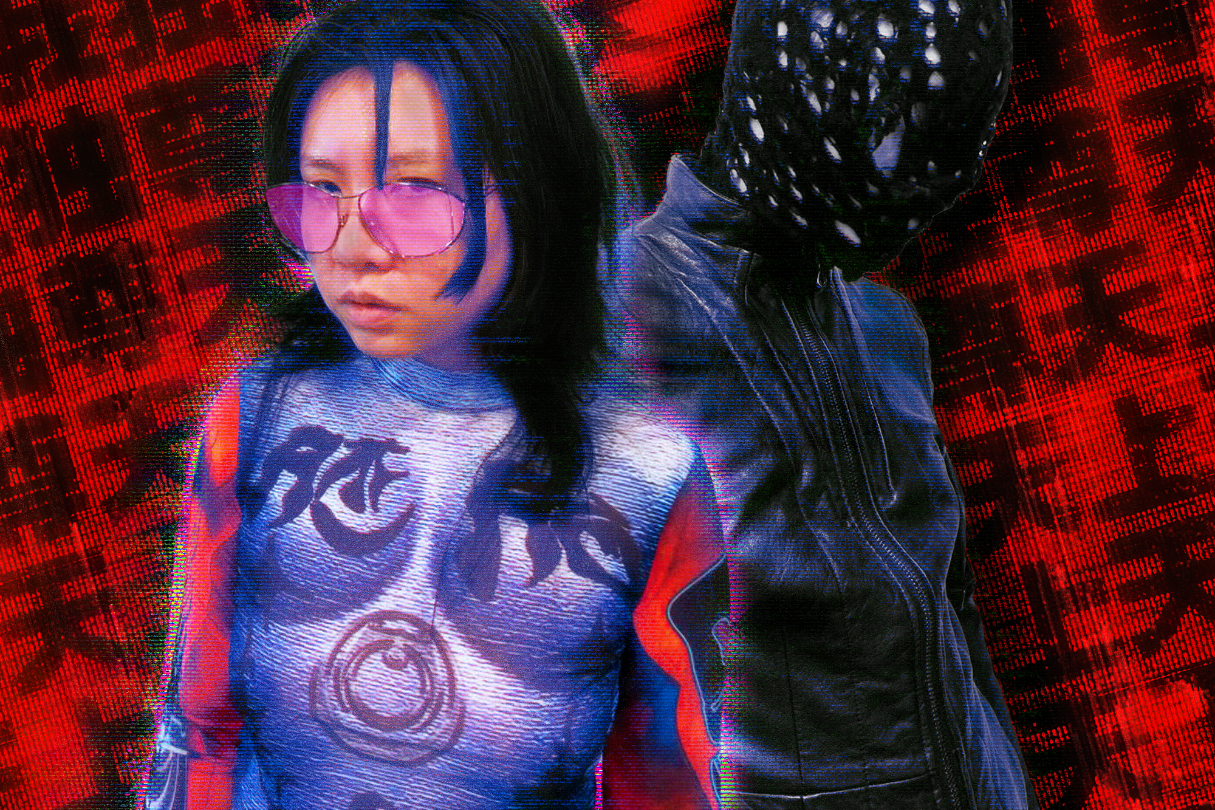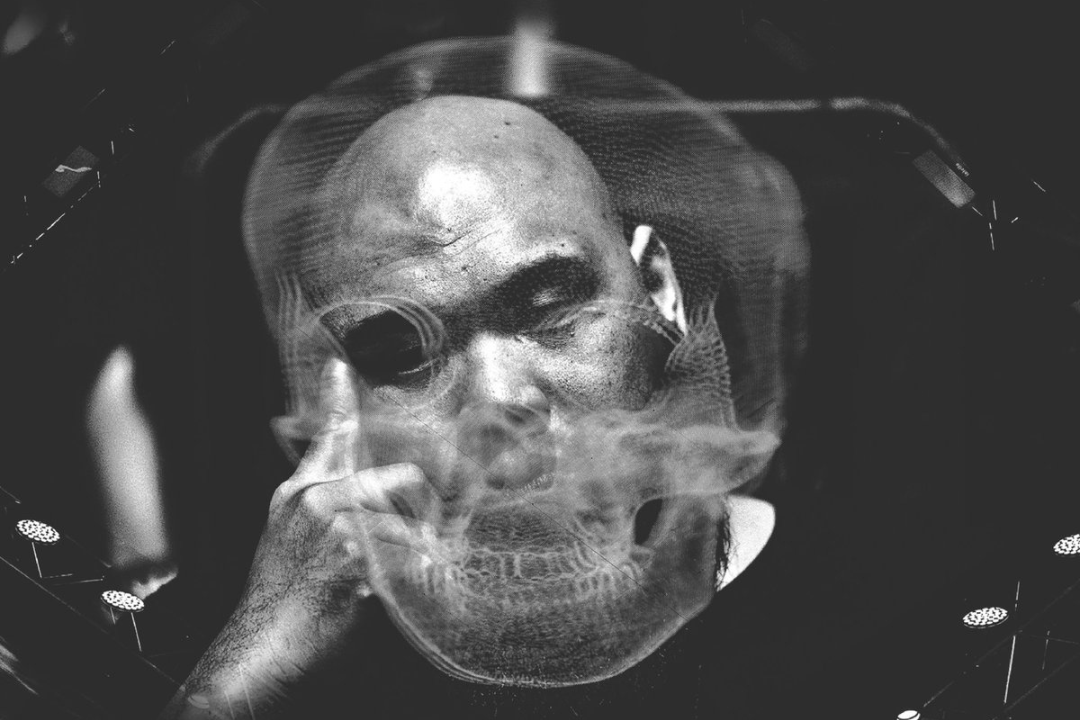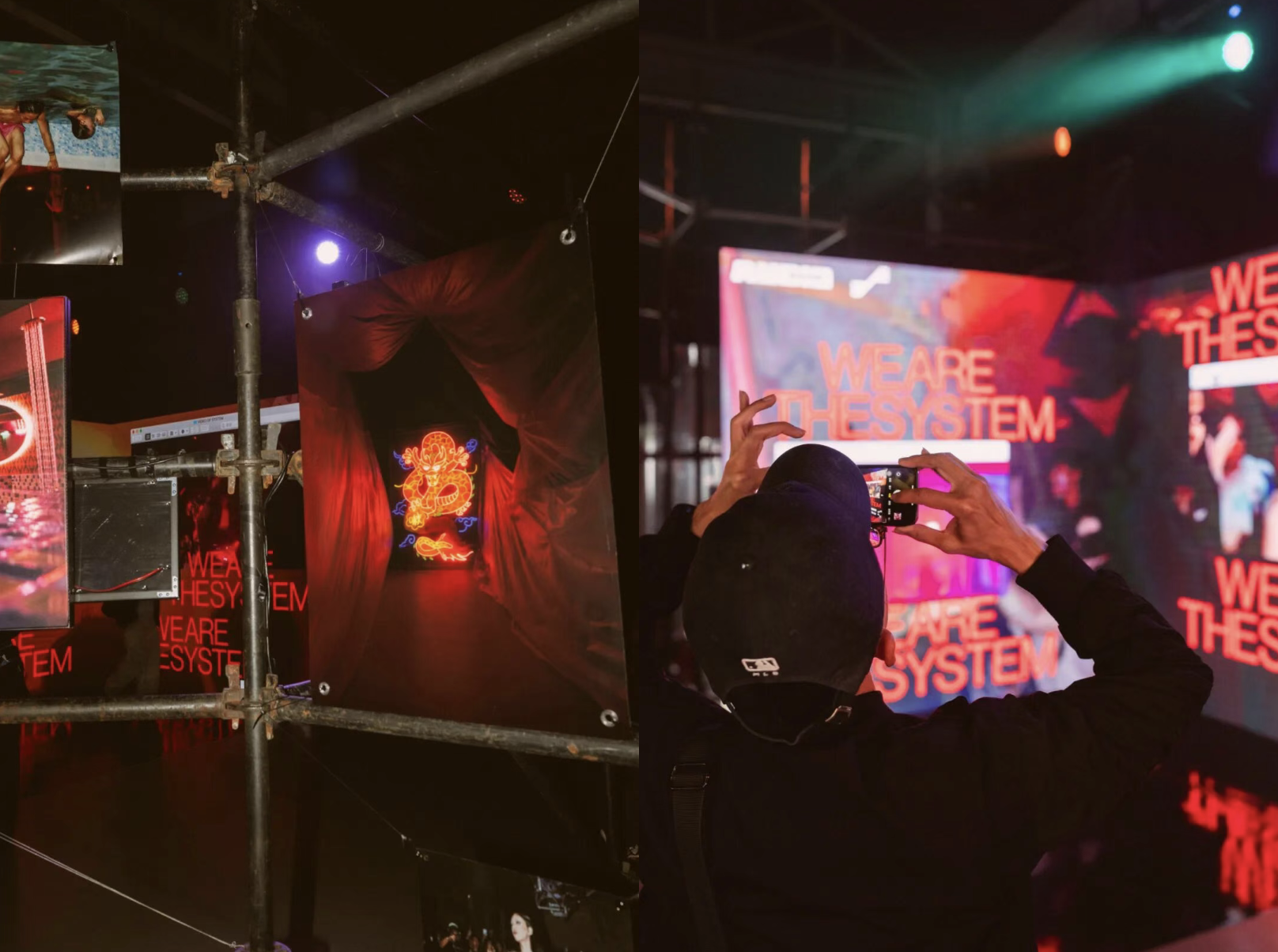What happens when you weave Chinese instrumentation in with industrial synths and score one of the goriest movies in recent years? Meet TZECHAR, the Singaporean duo behind the sounds of 2021’s The Sadness (哭悲), an ultra-violent Taiwanese cult horror flick directed by Rob Jabbaz.
The Sadness marked TZECHAR’s first-ever score, but they’ve been on a roll since. The soundtrack recently got a vinyl reissue, and they’re now signed on to score a film adaptation of Garth Ennis’s dystopian horror comic Crossed, which heavily inspired The Sadness’s storyline, plus one more film that’s still under wraps.
RADII caught up with TZECHAR to explore the creative and cultural frameworks behind scoring The Sadness, and how those same frameworks drive their broader body of work. From art raves to film scores to commercial projects, TZECHAR is carving out a space that’s as chaotic and genre-blurring as it is deliberate, all held together by a sharp creative vision.
Cultural Anonymity and Borderless Perspectives
For years, TZECHAR stayed in the shadows. Currently going by Ming the Merciful and ’Tis I, they have cycled through various aliases and kept their identities secret. But it wasn’t just for mystique. During their early years based abroad, they wanted their work to speak for itself, free from assumptions tied to who they were or where they were from.
Even though their project name comes from the Singlish term tze char (referring to a particular style of Chinese dining found across Asia), they didn’t want cultural context to cloud interpretation. After all, their art pulls from everywhere: Hong Kong cinema, Japanese anime, K-pop, American music, and beyond.
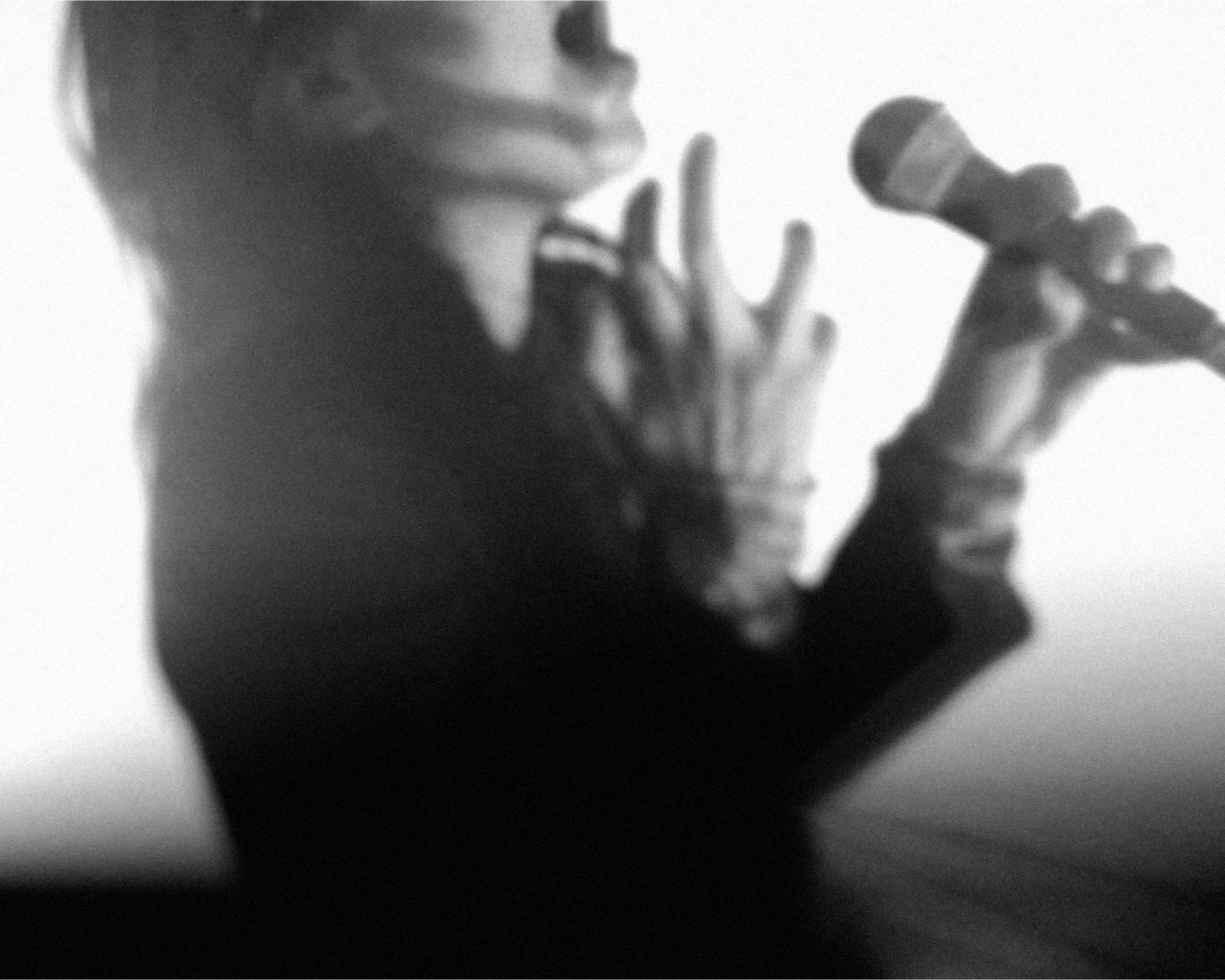
Today, they see things differently. They realized that what once felt like a borderless, “globally neutral” perspective is now what they consider a Singaporean one. Growing up in a young, multicultural country with no single dominant culture, shaped by imported media and internet content, turned out to be its own kind of cultural identity.
“My theory is that our cultural identity can best be described as a collective consciousness of the media, memes, and forced culture we were exposed to, consume, and regularly reference,” Ming tells RADII.
Inside TZECHAR’s Creative Process
TZECHAR’s art can feel like sensory overload in the best way possible, sometimes unapologetically uncomfortable, and even brain-melting. Their work draws you in with something familiar before pulling the rug out from under you.
They describe themselves simply in their artist bio: “We do what we want.” It’s a sentiment both Ming and ‘Tis I echo in the conversation with RADII, and is a fitting summary of their ethos. Genre-agnostic and self-directed, they are committed to their own vision, happily defying expectations when they feel like it.
TZECHAR’s history begins with a YouTube account and a Tumblr blog, evolving into offbeat audiovisual mashups of K-pop stars and global media clips, laced with subtle internet humor.
Later in 2016, their debut EP, Ancestor, was released on Washington-based Hush Hush Records. This was their first released work of original songs—an exploration of globalization and culture through electronic music with a dark, unsettling edge, incorporating Eastern influences to challenge the Western norms of the genre.
Across their body of work, one thing remains constant: a deliberate balance of chaos and control. “Our work tends to be sensorially overwhelming for a specific reason,” explains Ming. “Which is to batter the audience’s minds into the right shape in which to perceive the core message in an ideal way.”
They’ve developed a creative framework that shows up across their projects. First, they lure us in with something we recognize from pop music or culture. Then, just when we think we know where it’s going, it’s subverted into something unexpected. “I think a lot about manipulating drifting attention spans,” Ming shares.
They repeat this process to chip away at the audience’s pattern recognition rhythms, forcing us to surrender expectations and receive whatever comes next. “Their minds are now ripe, and they can then start to develop their own insights, parallels, and perspectives in what they’re experiencing,” says Ming.
But while their work is rich with cultural commentary, they’re not necessarily interested in preaching or inspiring action. Ming tells RADII:
“We’re most interested in establishing the context for people to perceive a work in a way where they understand it on their own terms. How they feel about what we (or anyone else) present is a direct reflection of their worldview.”
“Cultural commentary means culture gets showcased,” adds ‘Tis I. “This means whoever’s exposed goes through mental processing. That’s action(able).”
Scoring The Sound of Societal Breakdown in “The Sadness”
TZECHAR’s soundtrack for the 2021 Taiwanese horror film The Sadness blends modern production and classic synth sounds with traditional Chinese instruments like the suona and erhu to evoke a raw spectrum of human emotion. Their track “Tis Freedom” is an avant-garde piece that twists the Taiwanese film trope of using romantic ballads as end-credit songs and lead music singles. —It was released alongside an absurdist, AI-assisted music video made in collaboration with their art collective, NONFORM.
In The Sadness, Taipei descends into chaos as a virus mutates into a mind-altering plague, stripping the infected of all moral restraint. As the city erupts into carnage, a young couple fights to survive and reunite.
Though it was TZECHAR’s first film score, the process came naturally. “I knew what I wanted to play with,” Ming shares. “Which was to consciously deconstruct how I think film scoring is generally approached, as per my usual process across all our art forms.”
As with their other work, they favored instinct over rules. Without formal training in music theory, Ming composed “based on, for lack of a better word, vibes,” while ‘Tis I contributed to songwriting, vocals, and keyboard. Years of experimentation across musical styles gave them the freedom to move beyond the conventions of genres.
Director Rob Jabbaz originally envisioned a synth-heavy score à la the 2012 slasher Maniac. While the opening track “Murky Void” nods to that style, the rest of the soundtrack deviates into what TZECHAR calls “a new sonic vocabulary,” a direction Jabbaz ultimately embraced by trusting the duo.
The suona—a double-reeded wind instrument—appears in two contrasting forms: as a jarring war horn-like blast that evokes dread, and in manic flurries that echo the cackling euphoria of the infected. The instrument’s abrasive tone, paired with its association with Chinese funeral dirges, amplifies the film’s unnerving tone.
The erhu—which shares a frequency range with the human voice—is used to express the infected’s buried sorrow, wailing like a trapped soul. It functions as an eerie, culturally rooted counterpart to the use of violin strings in Western horror.
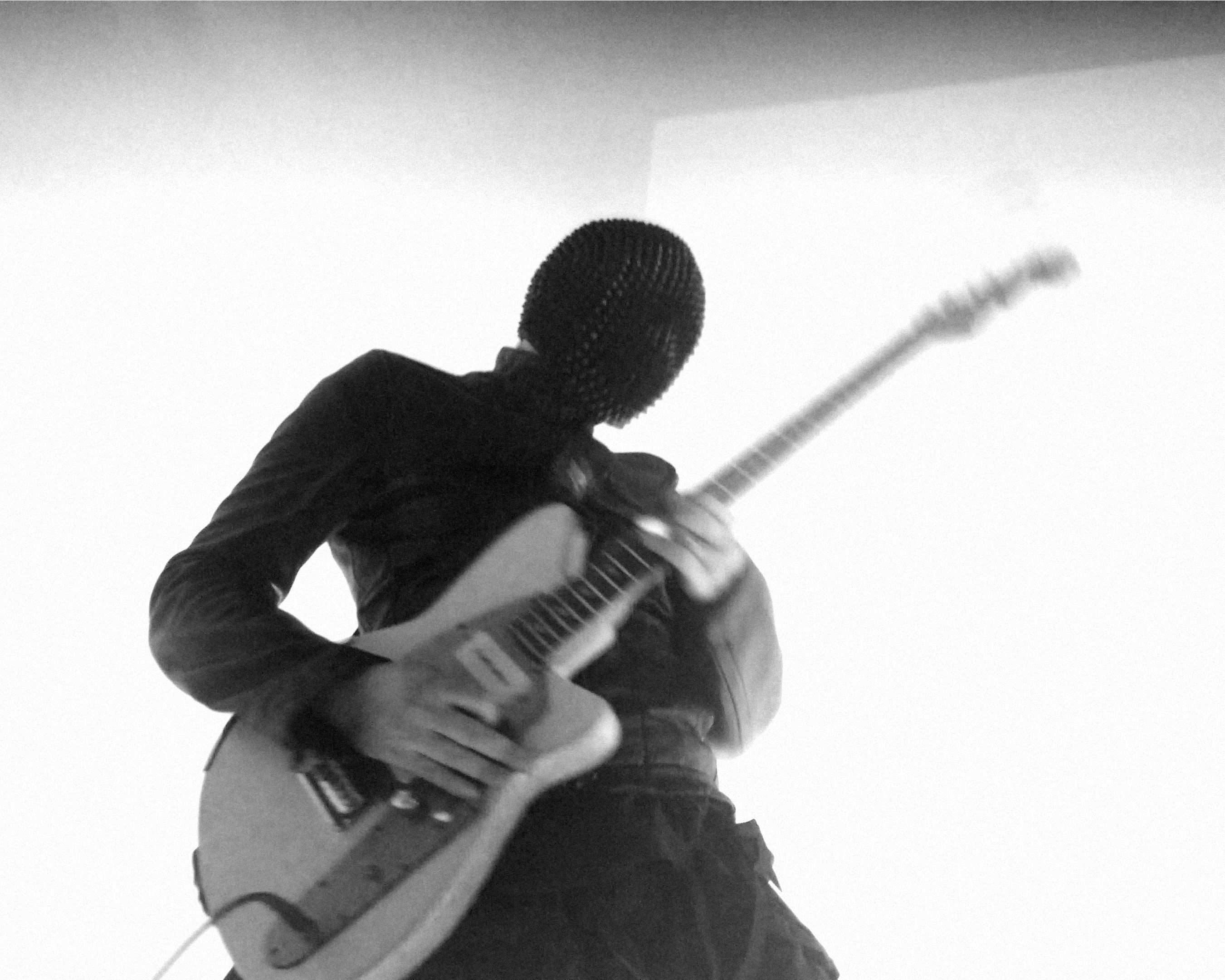
Then there’s the deep sub-bass rumble, often paired with the suona blast. When played through a proper sound system, it physically resonates in the chest and gut, enhancing the film’s creeping sense of doom.
“Soundtracks are fundamentally emotional manipulation,” says Ming. “The combination of sounds used isn’t because I wanted to ‘mix Chinese instruments with electronic industrial metal.’ It was just the most logical sonic vocabulary to convey what I wanted the audience to feel via Rob’s vision.”
Thriving as Artists in Singapore
Singapore might not be the first place that comes to mind for boundary-pushing art. But since returning after two decades abroad, TZECHAR has been thriving both creatively and communally.
Ironically, TZECHAR only became full-time artists after moving back to Singapore—a place many artists want to leave, according to Ming. With no real social network after living overseas for so long, they’ve since built meaningful connections within the local scene.
“It feels much more fulfilling to challenge and collaborate with an audience, community, and creative scene in a country and region where we feel a connection to, in an attempt to have people reconsider how things “should be done,” says Ming.
That sense of connection fuels projects like Sorry No Cure, the Singapore-based collective TZECHAR founded; its name a nod to another Singlish phrase. Performing as both DJs and visual artists, TZECHAR turns these raves into extensions of their art. They call Sorry No Cure’s events “art raves,” high-concept explorations of the absurdity of human social constructs, also packaged as lowbrow audiovisual parties for those who just want to have fun.
Pairing eclectic music with “ADHD-fueled brainrot visuals,” the collective amps up the unexpected with curveballs like staging these raves in KTV bars full of unsuspecting regulars, or featuring a famous pop singer as a surprise guest to reinterpret patriotic songs as avant-garde doom metal dirges, for example.
Their other major project is NONFORM, a multidisciplinary art collective and creative agency that straddles the line between client work and artistic expression. Described as a “deconstructed company,” NONFORM brings together collaborators across music, sound design, multimedia art, and video production for both artistic and commercial projects, while giving TZECHAR space to separate client-based commissions from their more experimental work.
Still, they haven’t felt the need to reinvent themselves since returning to Singapore. Given the nature of their work, they see themselves as “outsiders” regardless of location. But here, the cultural references that appear in their art are more immediately recognizable to local audiences, rather than being perceived as exotic or foreign, as they might have been abroad.
“However, when we throw in things like close-up footage of live births in the middle of a rave, they realize we’re weirdos anyway,” Ming notes.
What’s Next for TZECHAR
TZECHAR has an abundance of exciting upcoming projects across different creative disciplines. In addition to scoring the film adaptation of Crossed, they’re also scoring another unannounced film and contributing sound design and composition to an experimental play. On the music front, they’re releasing a series of singles that play with pop tropes, producing and directing music videos for themselves and other artists, and even launching a beverage project. There’s also a big secret collaboration in the works with regional artists across multiple mediums.
Still in discovery mode and energized by a world of possibility, TZECHAR stays open to new collaborations, embracing the unknown. For the duo, “we do what we want” isn’t just about personal artistic satisfaction; it’s about challenging norms across artistic fields and beyond. They aim to deconstruct every medium to rethink why things are the way that they are—and to explore alternative ways of doing them.
Ming tells RADII, “The only way humanity progresses is by allowing ourselves to transcend dogmatic limitations and reconsider everything constantly.”
Cover image courtesy of TZECHAR.

